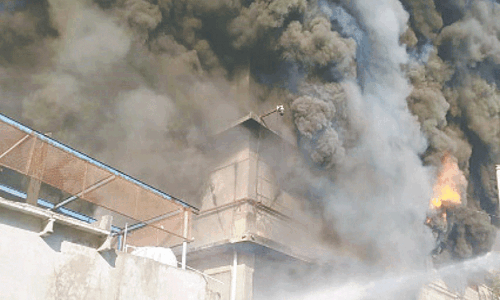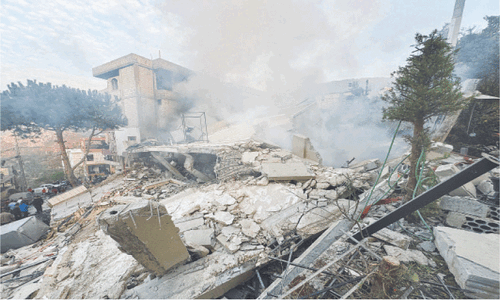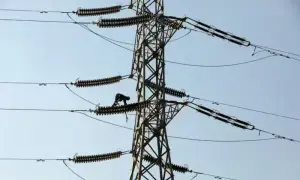LAHORE, April 5: Former Wapda chairman Tariq Hameed has said the River Chenab will completely dry up following the construction of the Baglihar dam in occupied Kashmir by India. Speaking at a meeting of the Lahore Civic Forum, chaired by its president Inayatullah, he claimed that the Baglihar dam would deprive Pakistan of about 200-acre feet of water which, according to India, is a nominal quantity of water that goes waste into the sea every year in Pakistan.
He said India believed that construction of the dam on the Chenab in the occupied Kashmir was not in violation of the Indus Water Treaty.
What the fact is that, he said, Pakistan had already lost five million acre feet of water in its two major (Tarbela and Mangla) dams due to heavy sedimentation which had accumulated since their construction about four decades ago. It had also reduced their storage capacity by about one-third.
In order to improve the situation, he said, the government had raised the Mangla dam to store more water of the Jhleum river. But the raising of the dam would not provide enough water to meet the fast-growing demand of water for irrigation and hydel power due to sedimentation.
He said the Bhasha dam, when complete, would provide some relief as it would largely meet the shortage caused by the sedimentation of the dams.
Earlier in a presentation, Pakistan Council of Research and Water Resources (PCRWR) Regional Director Engineer Zafar Ahmed Soomro said Pakistan was losing 40 million acre feet of water every year into the sea due to irrigation water management.
He said the country could save about eight million acre feet of water and 14 MAF by following the bed and furrow and sprinkling irrigation respectively every year, which was equal to two to three large storages on the Indus river.
He said the per-capita water availability in Pakistan had fallen from 5,700 cusecs in 1951 to just about 1,000 cusecs now and would further reduce in the coming years. The main factor was increase in population which had gone up four times during the past six decades.
The total quantity of surface water was 154 MAF out of which Pakistan stored 16 MAF only; about 106 MAF was available on canal heads but a large quantity of water, almost half, was not available to the farmers in their fields due to canal losses.
Out of the 58 MAF available to the farmers, he said, the crops got only about 41 MAF of water as an additional amount of 17 MAF was lost in distributaries -- a loss of about 65 per cent of the total available surface precious water.

































